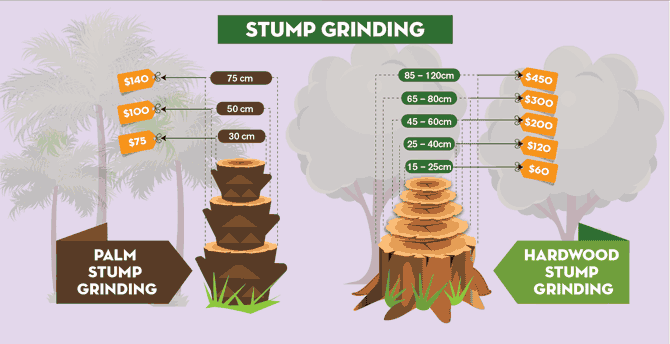Post-Tree Elimination Upkeep: Reliable Strategies For Landscape Repair
Post-Tree Elimination Upkeep: Reliable Strategies For Landscape Repair
Blog Article
Web Content Written By-McMillan McKinnon
After a tree's removal, your landscape may look rather various, and it's essential to examine the aftermath meticulously. You'll want to review the soil disturbance and inspect surrounding plants for any type of indications of tension. Disregarding these variables can lead to bigger issues down the line. So, what should you do with those stumps and roots? And exactly how do you select the most effective plants for your revitalized room? Let's discover these essential actions.
Assessing the Consequences: Evaluating Your Landscape
After a tree removal, it's critical to examine your landscape to understand the effect it has on your yard.
Beginning by checking out the location where the tree stood. Seek signs of soil disruption, and check the bordering plants for any kind of anxiety or damage.
You must likewise remember of exactly how the elimination has transformed sunlight exposure and air movement in your garden. This change can influence the development of neighboring plants, so it's vital to assess their health and wellness.
Consider https://www.google.com/maps/uv?pb=!1s0x87695392e3f6d517%3A0xc91102aef5ddf5d8!5sPrecision%20Timber%20Felling!15sCgIgARICEAE&authuser=2&imagekey=!1e10!2sAF1QipMaabj_NtJ5-bsEVtlEVTmZlYYN7mMnZqTI8UQP may develop an open space that you can revamp.
Ultimately, think about any kind of possible disintegration concerns that could arise from the tree's lack. Resolving these variables early will assist bring back equilibrium to your landscape.
Managing Stumps and Origins: Alternatives for Removal
When you've evaluated the consequences of the tree elimination, you'll likely need to deal with the stump and roots left behind.
You have a couple of choices for removal. One reliable approach is stump grinding, where an expert makes use of an equipment to grind the stump to below ground degree. This strategy leaves very little disruption to your landscape.
If you favor a do it yourself technique, you can utilize a combination of excavating and chemical stump cleaners. Simply bear in mind, this process can require time and effort.
Alternatively, take into consideration leaving the stump as an all-natural attribute, which can act as a distinct garden element or environment for wildlife.
Whatever you pick, resolving the stump and origins is essential for restoring your landscape.
Picking the Right Plant Kingdoms for Your New Room
As you analyze your freshly gotten rid of room, picking the right plants can significantly boost your landscape's charm and capability.
Beginning by thinking about the sunlight and soil problems. For sunny areas, go with drought-resistant plants like lavender or succulents. In shaded places, ferns and hostas prosper well.
Think of the dimension and growth routines of your plants; mix perennials and annuals for seasonal variety. Don't forget to include indigenous varieties; they need much less upkeep and support regional wildlife.
Group plants in weird numbers for a much more all-natural appearance and develop layers for visual deepness.
Ultimately, https://www.apartmenttherapy.com/essential-gardening-tools-36639974 have a mix of shades and structures to keep your landscape dynamic throughout the periods.
Satisfied growing!
Final thought
In conclusion, restoring your landscape after tree elimination is a rewarding process. By examining the after-effects, resolving stumps and origins, and selecting the right plants, you'll create a flourishing atmosphere. Don't neglect to incorporate disintegration control measures to shield your soil. With a little effort and care, you can change your space right into a vibrant yard that improves your property. Embrace the possibility to rejuvenate your landscape and take pleasure in the appeal of nature right in your yard!
